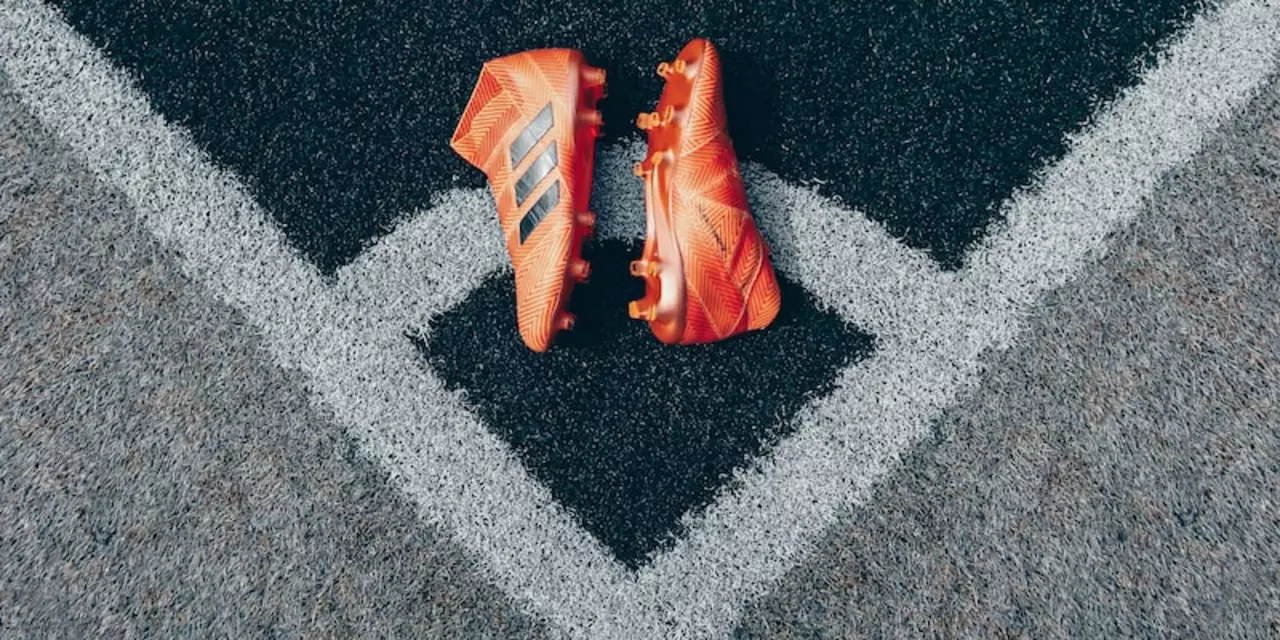Sports Tutorials – Master Your Game
When you dive into Sports Tutorials, a curated set of step‑by‑step guides that teach practical skills for a range of sports, you’ll quickly spot how it links to football, the world’s most popular team sport, played with a spherical ball on a rectangular pitch and its close cousin soccer, the British term for association football, emphasizing footwork and ball control. These tutorials also cover the knuckleball technique, a low‑spin strike that makes the ball wobble unpredictably in the air, an essential tool for creating lift without excessive spin. football players who master foot angle, contact point and follow‑through can generate the kind of lift that turns a simple pass into a dangerous aerial threat.
Why Lift Matters and How Tutorials Help
Lift isn’t just a fancy term—it’s the core of many scoring chances. A well‑timed lift lets the ball rise over defenders, reaches the goal’s upper corners, or curls around a wall on a free‑kick. Foot angle, the tilt of the foot at impact, determines whether the ball stays flat or rises and contact point, the exact spot on the ball you hit, controls the spin and trajectory. In a well‑written tutorial, you’ll see the semantic triple: "Sports Tutorials require clear foot‑angle instruction," "Foot angle influences ball lift," and "Ball lift enhances scoring chances." By breaking each element down—stance, approach run, striking foot, and follow‑through—the guide turns a complex motion into a repeatable skill.
The sweet spot of the ball, often called the "core," is another focal point. Hitting this zone maximizes energy transfer, reduces wobble, and creates a clean, powerful lift. When tutorials illustrate the sweet spot with diagrams or slow‑motion video, learners can see exactly where to make contact. This visual cue ties back to the earlier triple: "Ball lift depends on sweet‑spot contact," reinforcing the lesson with a concrete image.
Beyond technique, the collection addresses practical training tips. For example, a knuckleball drill that uses a low‑pressure ball helps you feel the minimal spin, while a side‑foot drill teaches you how to curl the ball around a wall. Each drill follows a predictable pattern: warm‑up, repeat the movement 10–15 times, assess the ball’s flight, and adjust foot angle. This structure makes the learning loop fast and effective, so you’re not just reading theory—you’re applying it on the pitch.
What you’ll find in the posts below is a mix of beginner‑friendly explanations and intermediate drills. Whether you’re a casual player hoping to surprise friends with a lofted chip or a semi‑pro looking to add a knuckleball to your free‑kick arsenal, the tutorials give you the tools to experiment, practice, and improve. Ready to see how a proper side‑foot strike can add spin, or how a straight‑on drive can produce lift without spin? Keep scrolling to explore each guide in detail and start turning your footwork into results.



